People are often confused by some of the names and terms of the rigid substrate in the signage industry. Two of the more common rigid substrates utilized in signage are foam board and PVC foam board. But, there are some misconceptions and misunderstandings about them.
Here, we’ll try to clarify some of their information that you might have puzzled over, and explain some of the primary advantages and disadvantages to each.
Foam Board : Interior Solution
Foam board is used for a wide range of applications, including interior signage, point-of-purchase displays, posters, presentations, and in model settings.
Typically consisting of an extruded polystyrene foam core with a paper liner on both sides, foam board is very lightweight but relatively strong. It can be propped against an easel without any support. It is a sturdy alternative to standard posterboard.
This cost effective substrate is very suitable for digital direct printing, whether using UV inks, eco-solvent inks, solvent inks, aqueous inks. And it’s easy to cut with a razor-type knife or a digital cutting machine.
However, because of foam board’s exterior paper liner, it should mainly be used only for indoor signage – it won’t perform well to rain or other inclement weather. Plus, because it’s lightweight, it requires extra anchoring if utilized outdoors. Foam board won’t withstand a lot of physical damage – it’s relatively easy to bend or pierced with thumbtacks, so you should be careful in how and where you display it.
Because foam board is lightweight, it’s easily displayed. If you don’t wish to prop it on a freestanding easel, you’ll add an easel back within the production process. Other alternatives include hook-and-loop patches like Velcro, or adhesives like 3M Command Strips.
Another advantage of foam board being lightweight: It’s convenient to transportation – which may are available handy if you’re shipping signage to events, conferences, trade shows, etc.
And it’s economical – so if you need a large quantity, you won’t spend a lot of money.
Here at Skyline Composites, our foam boards comprise an expanded polystyrene core with paper faces or HIPS film faces. We offer it in 5mm (3/16-inch) and 10mm(3/8-inch) thicknesses, and in standard size 48 x 96 inches.
PVC Foam Board: Interior and Exterior Solution
If you would like a sturdier alternative to foam board – and one which will perform well in outdoor and indoor – you would like look no further than PVC foam board. Sometimes called expanded PVC board (foamed PVC, Sintra board), this substrate provides better sturdiness.
PVC foam board comes in a wide range of thickness, density and color. It is commonly utilized in the sign and graphic industries because it is lightweight, printable (digital and screen), has excellent screw retention, and is in a position to be die-cut. Foam PVC has superior UV performance and fire resistance which allows it to be used for both indoor and outdoor applications.
PVC foam board is durable – it has good resistance to dents, scratches. It also holds up quite well under extreme weather. PVC foam board is resistant to chemicals, which comes in handy for simple cleaning. For outdoor applications, thicker is better.
Like foam board, PVC foam board are often printed onto directly with digital print technologies, including UV inks, eco-solvent inks, solvent inks, aqueous inks, etc. And it’s very machinable: PVC foam board are often fabricated into custom shapes with a blade, saw, router, or a digital cutting system.
Some additional notes on PVC foam board:
- You can use PVC foam board outdoors and indoors, and it works well for temporary as well as permanent signage.
- Bend, don’t crack: You can bend PVC foam board. It’s easy to process, but it doesn’t crack easily.
- Avoid extreme temperatures: PVC’s core gets weaker in extremely hot or cold temps. It can warp if it gets too hot – placed in a hot space with no ventilation, for instance. And it can get weaker if exposed to very cold temperatures for an extended period.
- Display options: Unlike foam board,you are able to drill holes in PVC foam board, which allows for displaying with bungee, rope, chain, or other.
- Eco-friendly: PVC foam board is 100%recyclable, making it a “eco-friendly” choice.
Skyline Composites offers a closed-cell, expanded PVC that’s available in 3-20mm thickness with different density and colours.
Conclusion:
Foam board is a perfect solution for temporary display or signage which will only be displayed indoors. It may not be the foremost durable of signage, but it typically doesn’t need to be when displayed within the proper environments. PVC foam board performs great both outdoors and indoors, and it can resist more in the way of physical damage – whether that might come from humans or nature. Because both substrates are very suitable to digital printing, each will nicely showcase your graphics and message.
If you have any questions about either foam board or PVC Foam Board, Please don’t hesitate to contact our sales department.
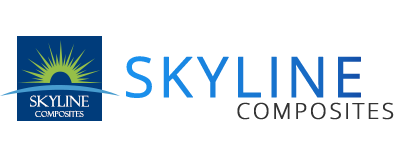
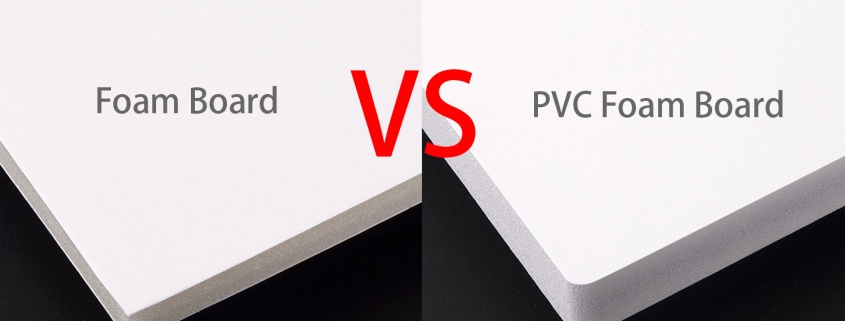
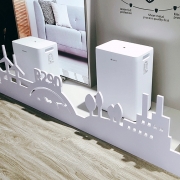
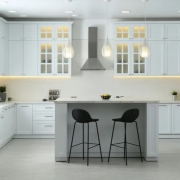
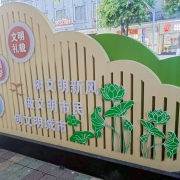
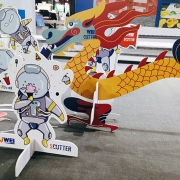
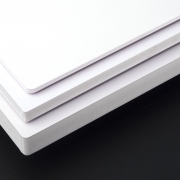
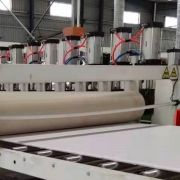

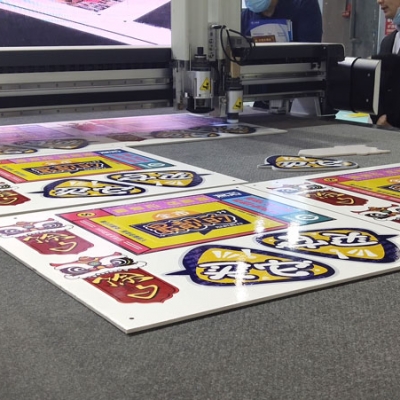
Leave a Reply
Want to join the discussion?Feel free to contribute!